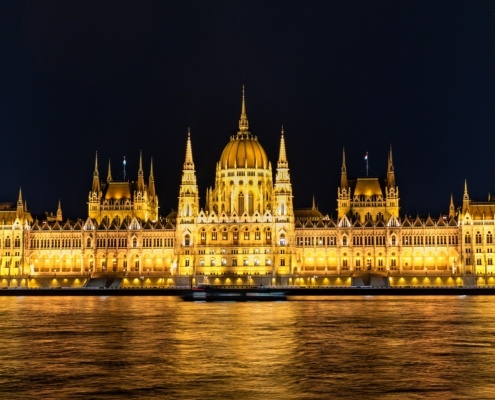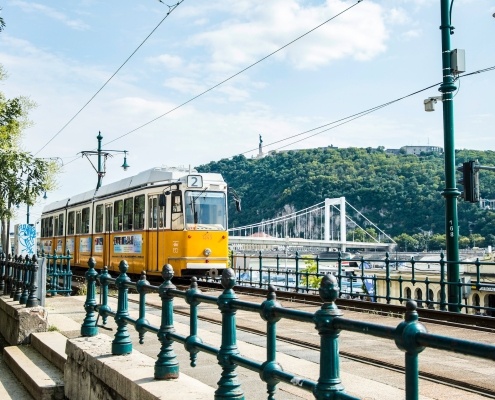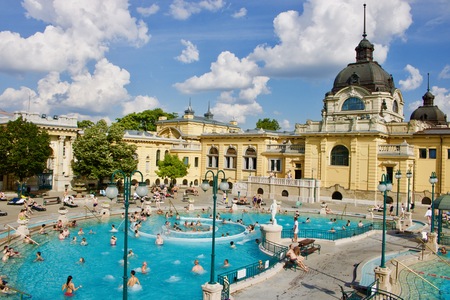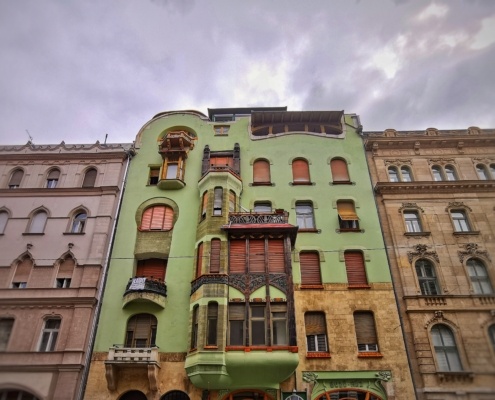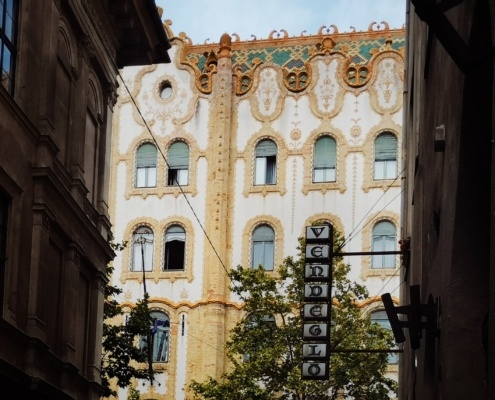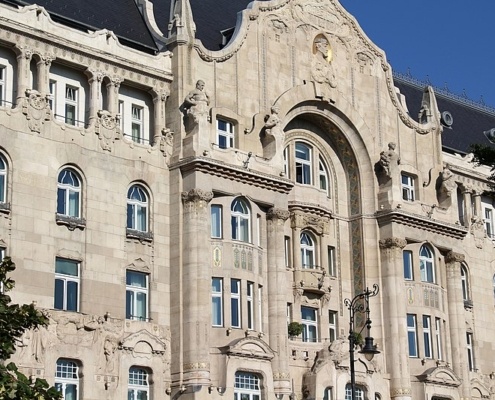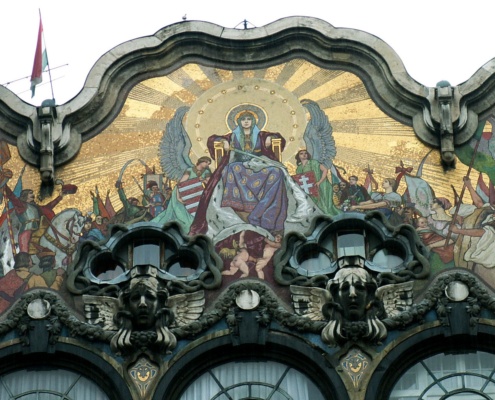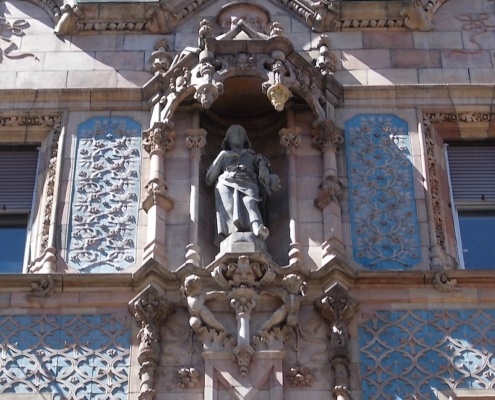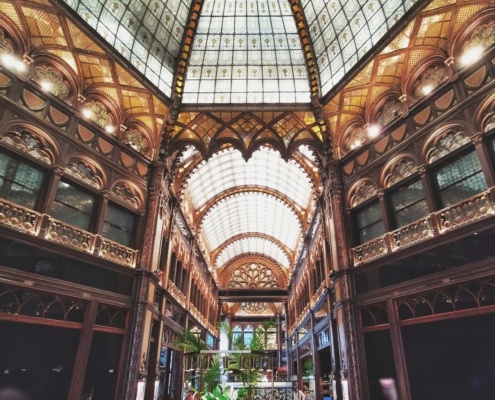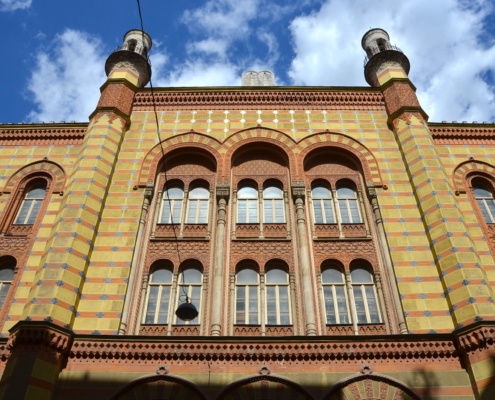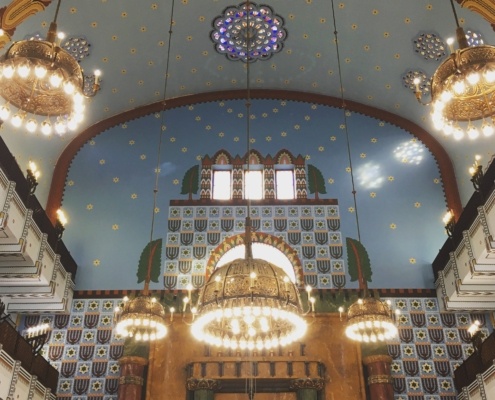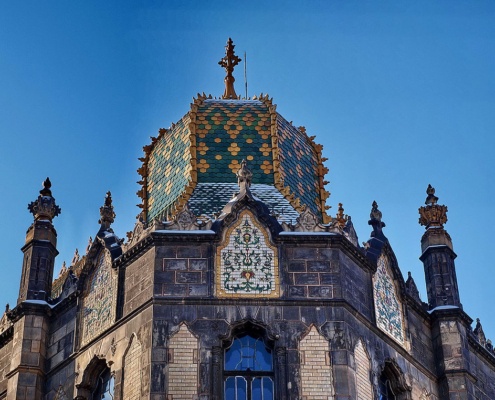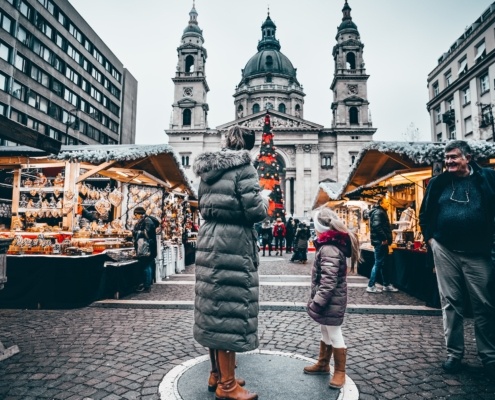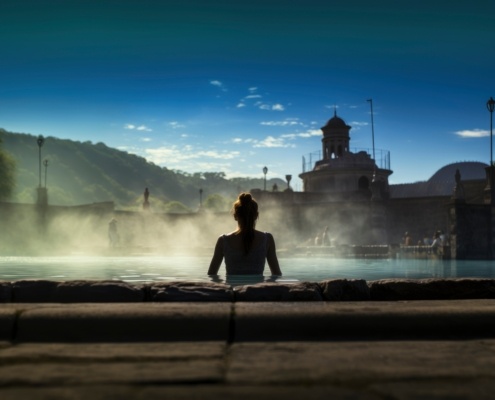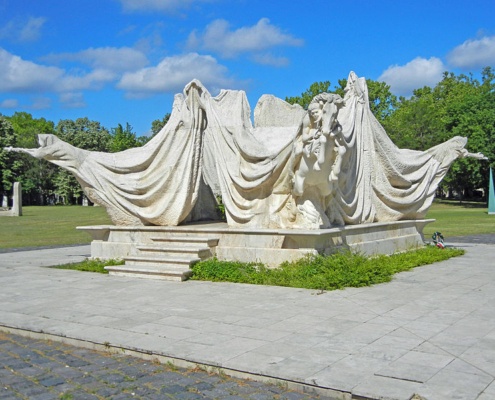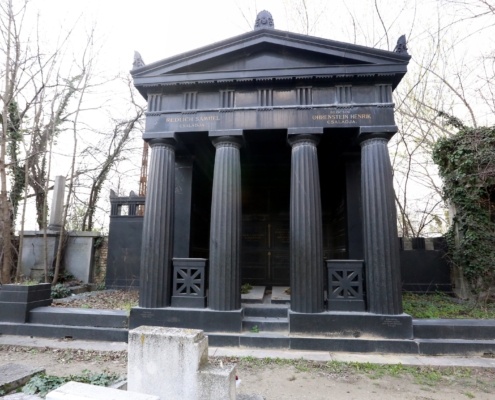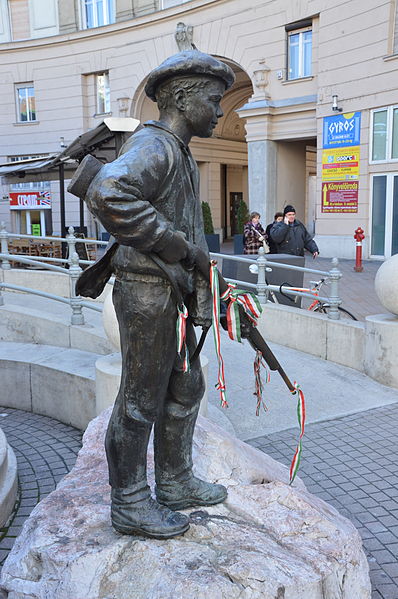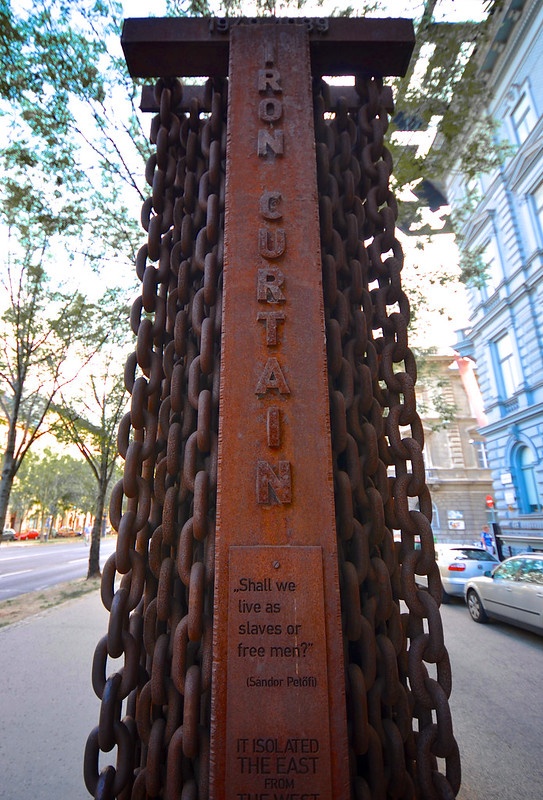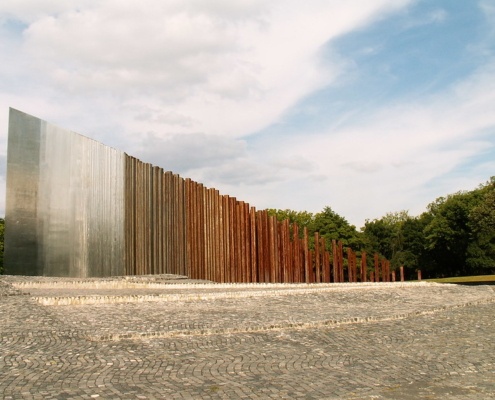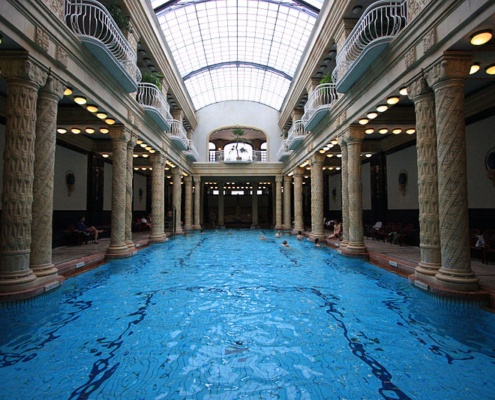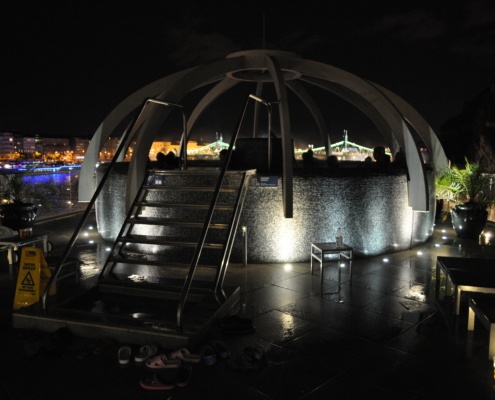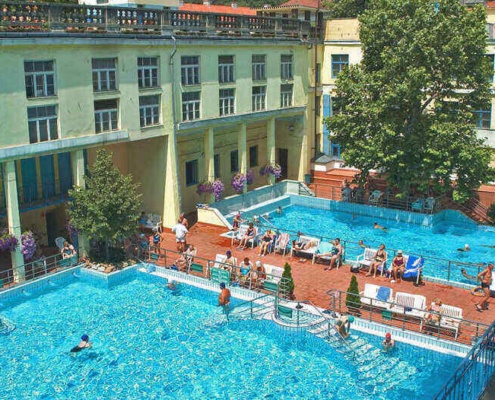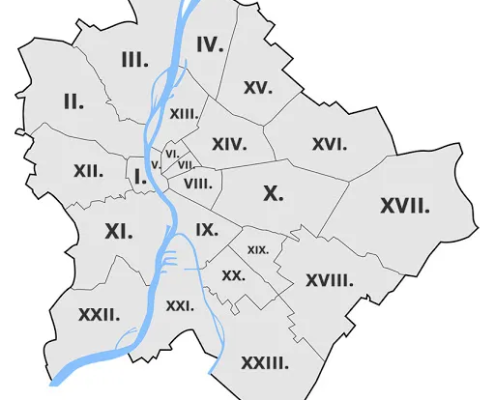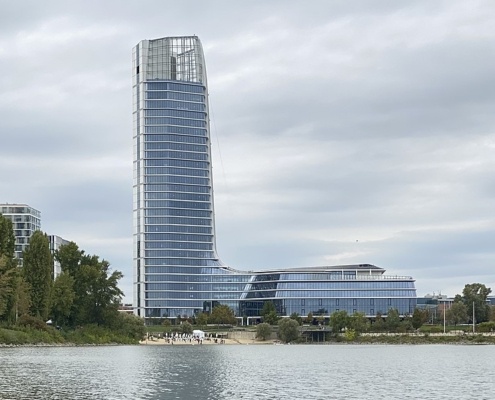December in Budapest: 10 Unmissable Things to Do This Festive Month
Welcome to December in Budapest, where the city transforms into a winter wonderland brimming with lights, festive cheer, and unforgettable experiences. From magical Christmas markets to glittering New Year’s Eve celebrations, there’s no better time to explore Hungary’s capital. We’ve rounded up 10 unmissable activities to make your December truly special.
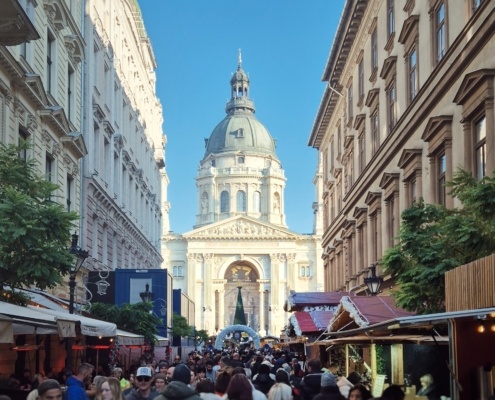
1. Wander Through Budapest’s Christmas Markets
Budapest’s Christmas markets, especially at Vörösmarty Square and St. Stephen’s Basilica, offer a feast for the senses. Stroll through stalls filled with handmade crafts, sip on steaming mulled wine, and indulge in traditional treats like chimney cakes.
Opening Hours:
- Vörösmarty Square: Daily from 10 AM to 9 PM
- St. Stephen’s Basilica: Daily from 11 AM to 10 PM
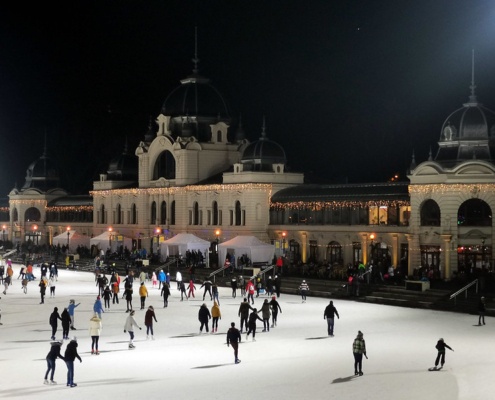
2. Glide Across the Ice at City Park or Városháza Ice Rink
Lace up your skates at City Park Ice Rink, one of Europe’s largest outdoor rinks, set against the fairytale backdrop of Vajdahunyad Castle. Alternatively, head downtown to the cozy Városháza Ice Rink, perfect for an evening skate.
City Park Ice Rink
- Entrance: 4,000 HUF | Skate Rental: 3,000 HUF
Városháza Ice Rink
- Open daily until February 2, 2025
- Admission: 2,500 HUF | Skate Rental: 2,500 HUF
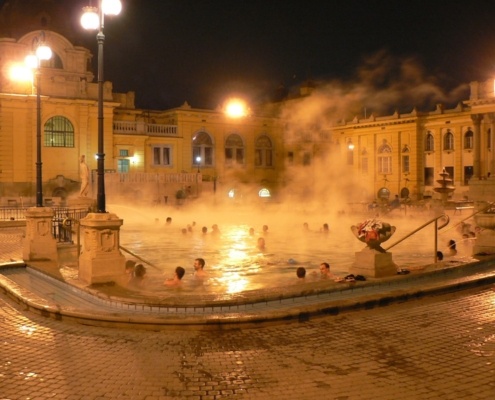
3. Relax in Budapest’s Thermal Baths
Warm up with a soak in Budapest’s world-famous thermal baths. Whether it’s the grand Széchenyi Bath, the elegant Gellért Spa, or the local favorite Lukács Thermal Baths, each offers a tranquil escape. Imagine soaking in steaming water while winter breezes swirl around you—it’s a uniquely Budapest experience.
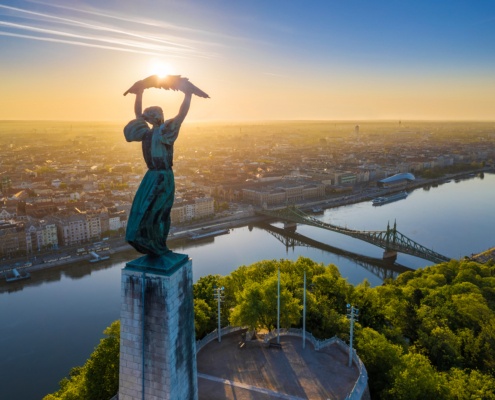
4. Hike Gellért Hill for Winter Views
Wrap up warm and climb Gellért Hill for breathtaking panoramic views of Budapest. The Citadella is under renovation, but the views from the hilltop remain as magical as ever, especially as the city lights twinkle at dusk.
5. Cruise Along the Danube
Experience Budapest’s iconic landmarks, including the Parliament and Buda Castle, from a cozy heated river cruise.
Affordable Option:
Hop on the public transport sightseeing cruise departing from Kossuth Lajos Square at 6:30 PM and 7:30 PM. During the one-hour ride, you’ll enjoy stunning views and live Hungarian commentary.
Ticket Price: 3,900 HUF
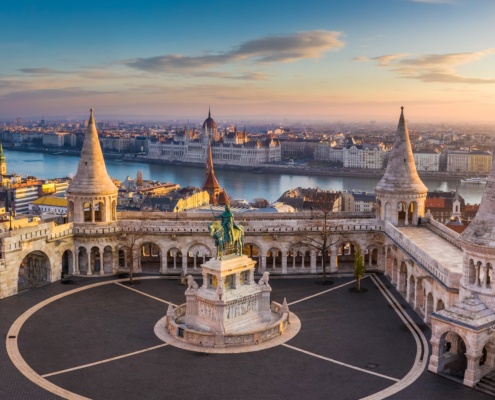
Budapest, Hungary – The famous Fisherman’s Bastion at sunrise with statue of King Stephen I and Parliament of Hungary at background
6. Visit Matthias Church and Fisherman’s Bastion
Head to Buda Castle Hill to admire the illuminated Matthias Church and the storybook-like Fisherman’s Bastion. It’s the perfect spot for dreamy photos and a peaceful nighttime stroll.

7. Savor Hungary’s Winter Flavors
Treat yourself to hearty Hungarian dishes like goulash, stuffed cabbage, or crispy lángos at local restaurants. One of the favorite dishes of the locals in December in Budapest is the Fishermen Soup, if you like it is definitely worth trying, our favorite fish restaurant is the Horgásztanya. Pair your meal with forralt bor (mulled wine) or a shot of pálinka to stay warm and merry. If you want to dive deeper into the culinary life of the city, join our friend’s food tour.
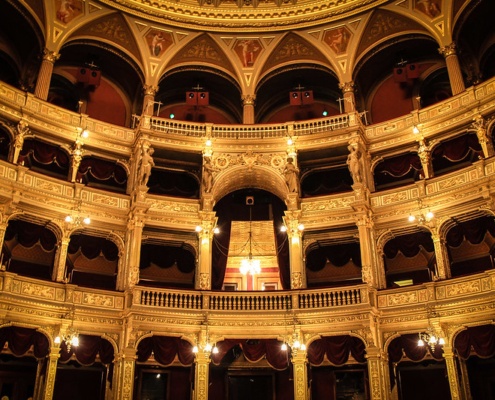
8. Immerse Yourself in the Nutcracker Exhibition
Celebrate the holiday season with the Hungarian State Opera House’s Nutcracker Exhibition. While tickets are pricey (€150) and limited, the experience is truly enchanting.
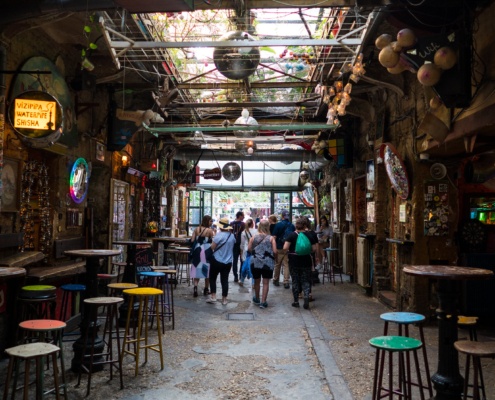
9. Discover Budapest’s Unique Ruin Bars
Explore the city’s legendary ruin bars like Szimpla Kert or Instant Fogasház. With quirky December events and no entrance fees, these bars are ideal for mingling and soaking in Budapest’s vibrant nightlife.
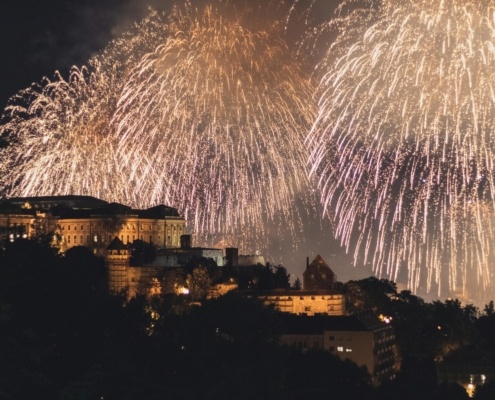
10. Celebrate New Year’s Eve in Style
Ring in the New Year with Budapest’s epic celebrations. From lively street parties at Vörösmarty Square to intimate dinners and local fireworks displays, there’s a celebration for everyone.
Bonus: Marvel at Budapest’s Holiday Lights
Don’t miss the dazzling lights along Andrássy Avenue and hop on the Christmas tram, adorned with thousands of twinkling bulbs as it winds through the city.
Plan Your Adventure in December in Budapest with Us!
Make this holiday season unforgettable with our Free Budapest Walking Tours. Discover the city’s rich history, stunning architecture, and local secrets with expert guides. Join us for more travel tips, recommendations, and detailed itineraries.
Explore, indulge, and embrace the magic of Budapest this December!

